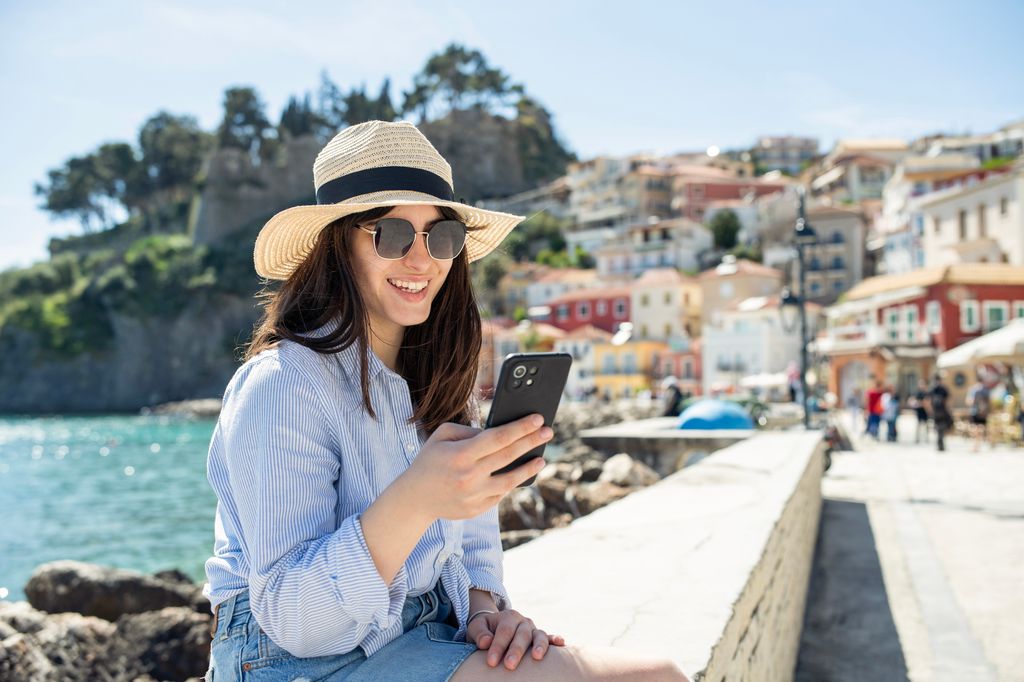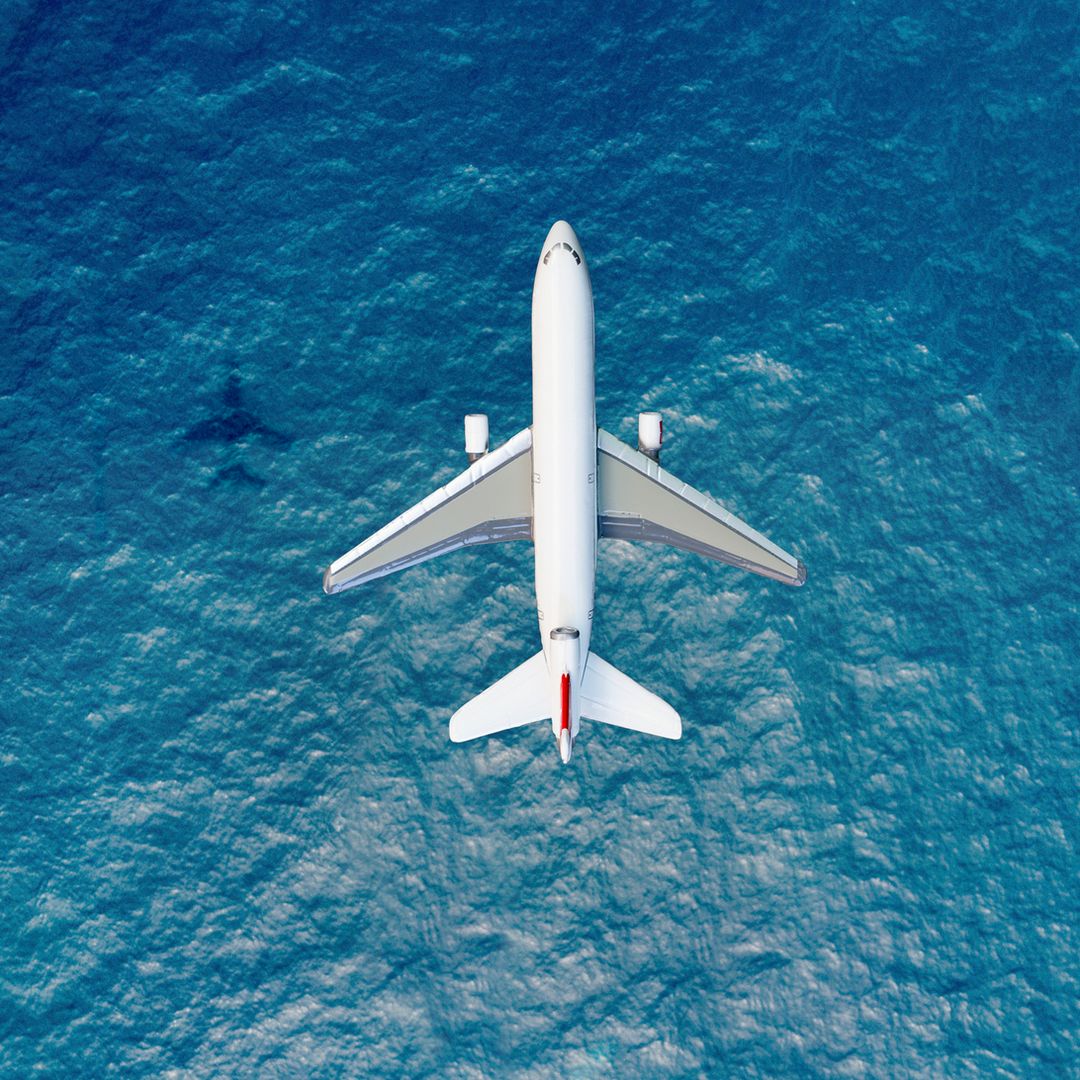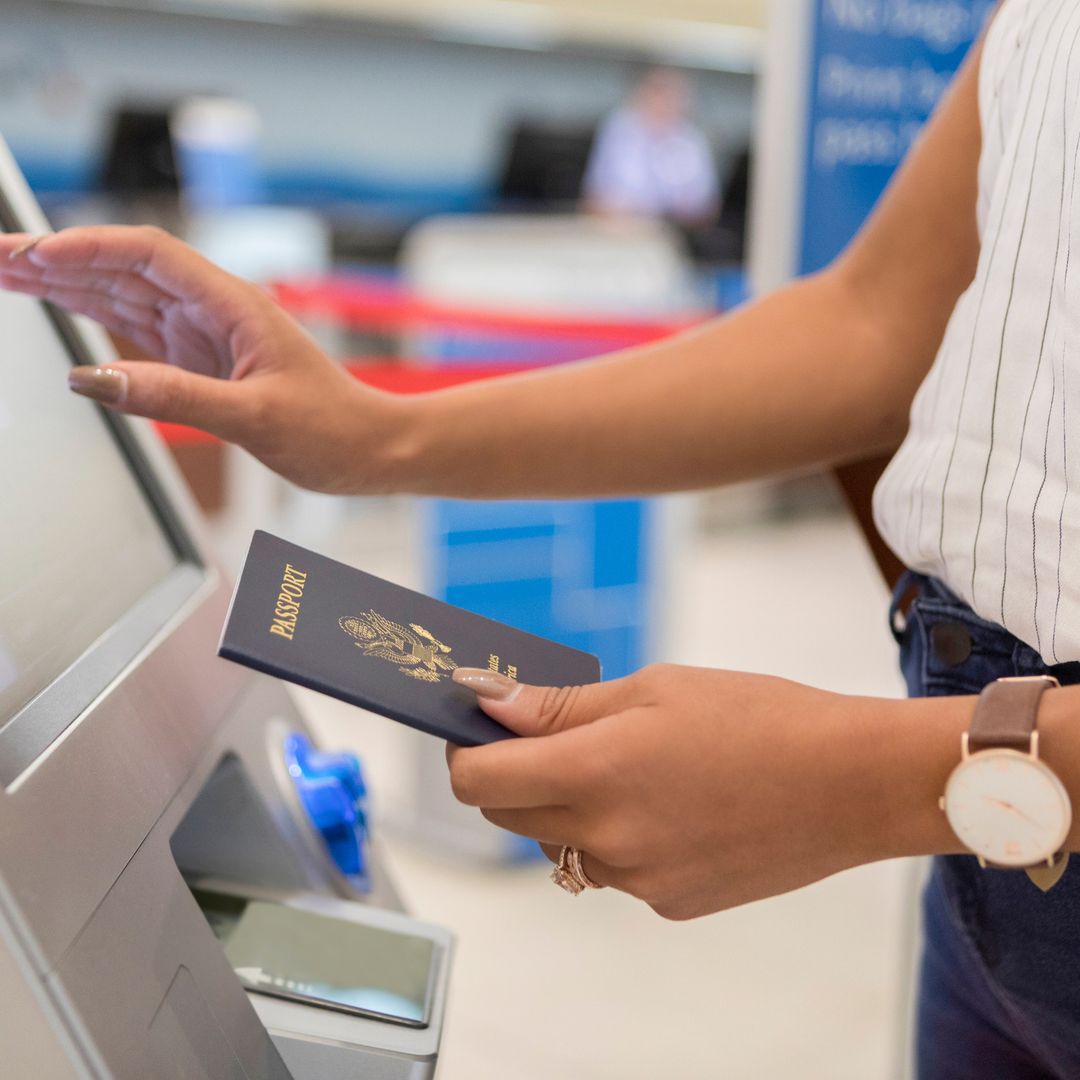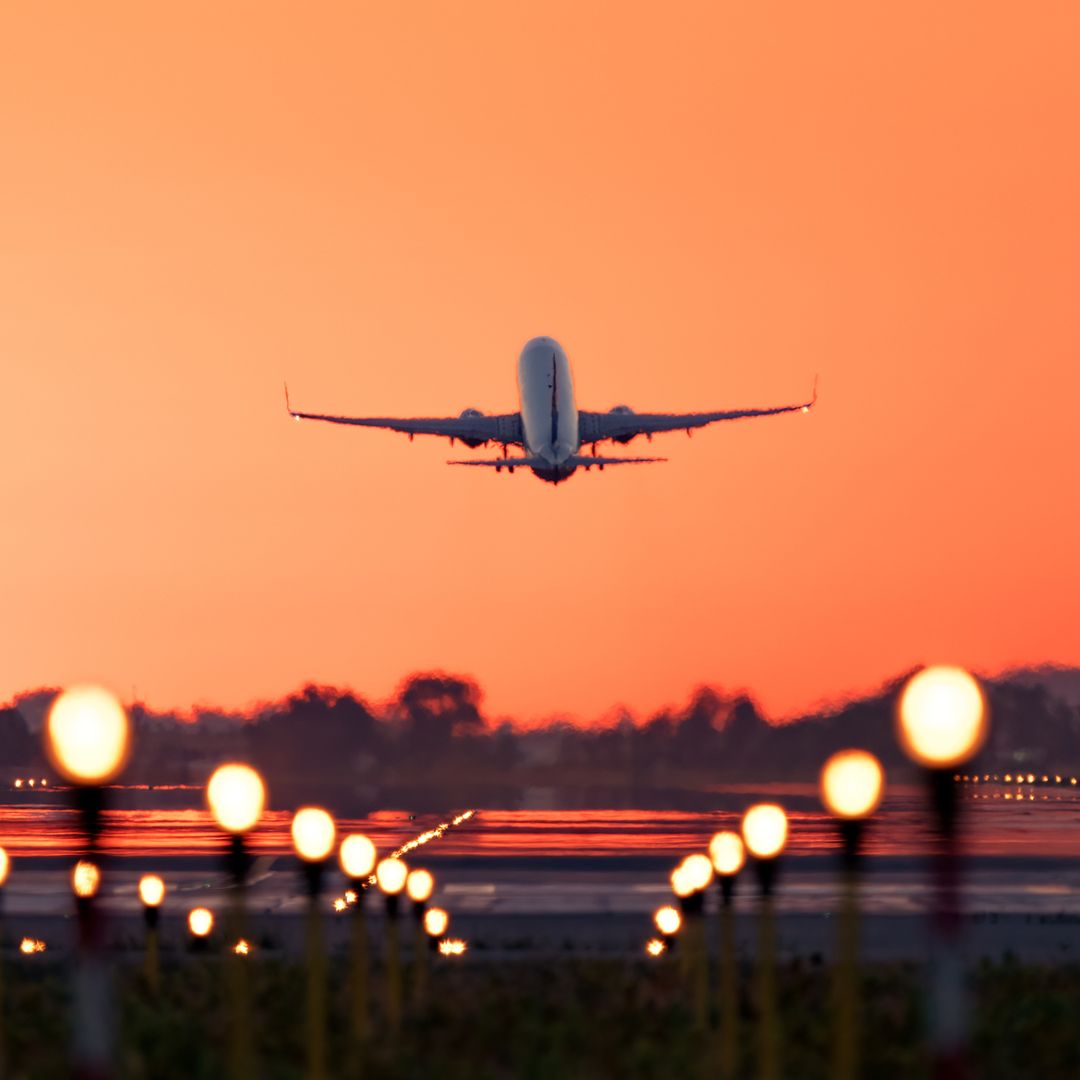Many of us have experienced hidden costs when travelling abroad. Whether it's expensive transfers taking us by surprise, or added extras on top of accommodation, additional costs layered on top of a set budget are sometimes simply unavoidable.
On top of that, there's nothing quite like receiving an enormous bill from your mobile network provider at the end of the month to take the joy away from a recent trip.
However, there are clever ways to mitigate this sting. While going 'off-grid' is certainly tempting, keeping in touch with loved ones and friends, whether through calls, messaging or social media, is often essential when travelling abroad.
But it needn't cost the earth. This is where a dual SIM come in.
Gone are the days of paying a costly daily fee to your network provider to have what is often very limited data usage while abroad. Instead, jump on the e-SIM bandwagon and you'll be amazed at how much you could save.
New research from Mobiles.co.uk states that a huge percentage of British travellers don't use a e-SIM or know how to use it, meaning there are plenty of holiday makers out there likely spending a whopping amount on data roaming charges.
The online retailer even found that 51 per cent of Brit travellers haven't heard of an e-SIM. Fear not, here is all you need to know…
What is an e-SIM?
Put simply, a dual SIM (usually an e-SIM) allows travellers to disconnect from their usual mobile provider and switch to a provider local to the country they are visiting.
This means you can make calls, send messages and surf the internet using local fares and ultimately save a lot of cash when using your phone abroad.
Amrit Chatha, mobile expert at Mobiles.co.uk, commented: "Dual SIM phones allow two SIMs to function on one device and enable users to switch between them.
"You have the option to use two different network providers, and each SIM has its own phone number, data, calls and text allowance as a result."
Amrit added that not only is it a great way of saving money, but it's another way of keeping your work-life balance, for example, if you're a frequent traveller for work.
"With a dual SIM phone, you can have two SIMs and two connections, one for personal use and one for work. This way you can keep your contacts, text messages, and call history separate for easier management.
"You can still receive calls from your second SIM while using your main SIM, so you won't miss anything important."
How you can save 'hundreds' on data roaming
This was the case for Jamie Crane, who saved almost £1,000 on a trip to Japan. He explained how it managed to be a lifeline for his travel budget.
"I spent a couple of weeks walking through the Japanese countryside and needed to use my phone's data for navigation and translation along the way. When I first landed, I received a message from my UK network saying that it would cost me £45 for every 1GB of data I used while in the country."
Jamie continued: "Over the two weeks, I used just under 20GB data, which would have cost me around £900 on the default plan, but by installing an eSIM in addition to my normal SIM card, which only cost about £35, I had unlimited access for my entire trip."
As travel editor and a lifestyle writer for HELLO!, I can attest to this myself.
Back in May, I discovered the brilliance of Airalo before heading on a trip to Spain.
I purchased a data package for around £15 for when I was there, and immediately had plenty of data at my fingertips.
This meant my usual routine of hunting for local WiFi was a thing of the past, and I didn't suffer any nasty hikes on my phone bill at the end of the month.












